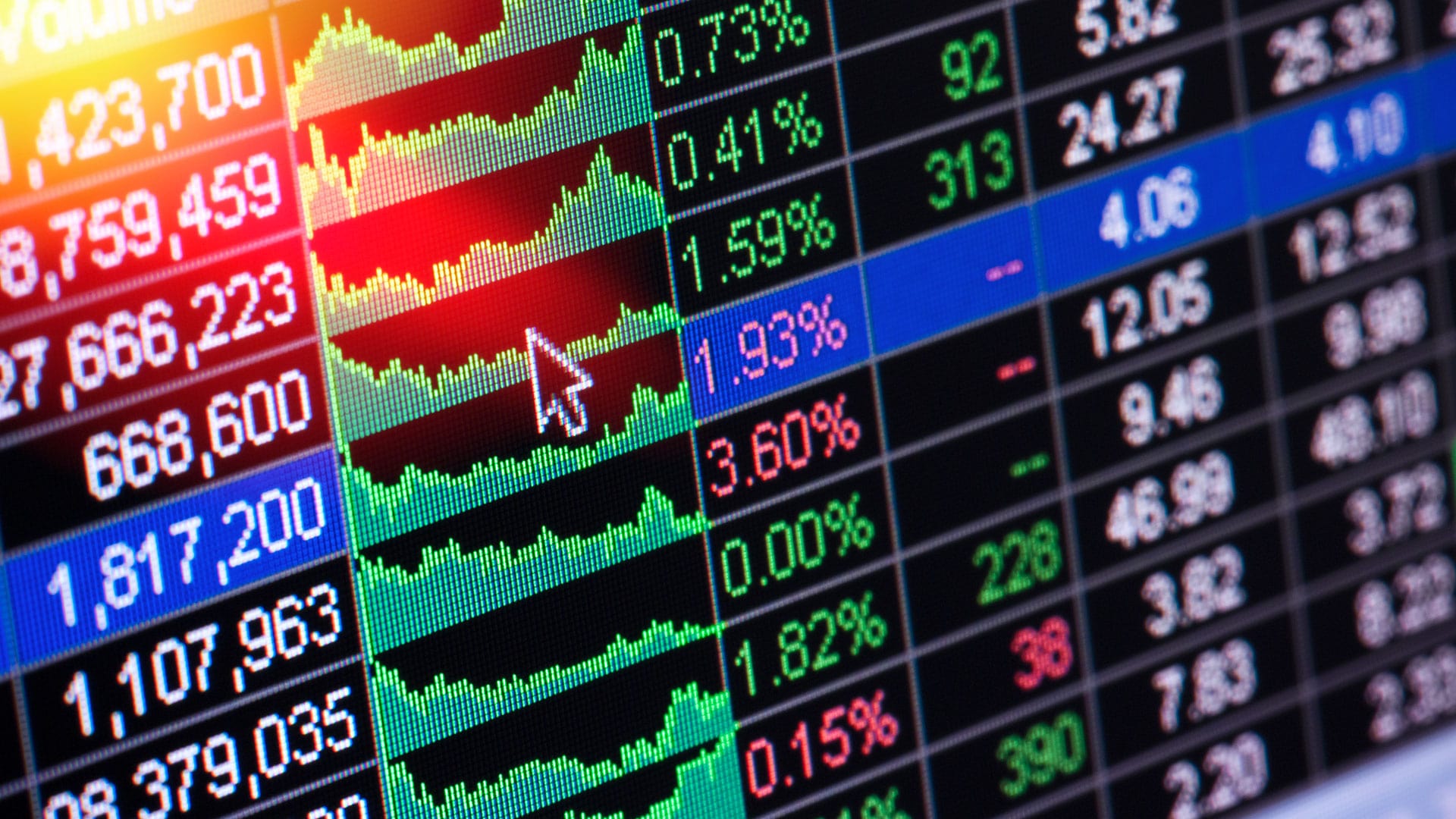
In the first of a series of articles on the rise of "intangibles" across of the economy, we explore what is an "intangible" and why it has become a key driver in the valuation of a company today.
The change of the leading global companies in the S&P 500 over the last few decades reflects the shift from a goods-led economy to a service-led economy. In 1975, IBM, Exxon-Mobil, Pacific & Gas, General Electric and 3M were the largest companies measured by market capitalisation.
However, in the 21st century, these companies have moved down the pecking order and have been replaced by technology companies: Apple, Alphabet, Microsoft, Amazon and Facebook.
In other words, this shift is from the tangible to the intangible - so less cars and more intellectual property. In 2018, on the S&P 500, tangibles such as real estate and equipment, made up of 16% of company value. Meanwhile, intangibles such as IP rights and reputation made up 84%, according to Aon. This growth has increased in a short space of time. In 2018, the intangible asset value of S&P 500 companies was more than five times greater than tangible assets.
This shift towards the intangible is happening in the world of risk too. Thirty years ago, a company’s largest asset would be a factory and insuring that factory would be the number one priority for the company’s risk manager.
Yet, for many companies today, their valuable assets are virtual (e.g. personal data) and more likely to be stored in the cloud. Therefore, the risks that they want to insure against will be different too. Intellectual property theft, cyber-attacks and reputation loss are just some of the new risks that companies are anxious to protect themselves against.
Since the information technology boom in the 1980s, intangible asset value has been on a rapid rise. In 1995, intangible assets officially overtook tangible assets in valuation when it was reported that they represented more than twice their value, a valuation that has on a rapid ascent ever since (see graph below).
In the recently published 2019 Intangible Assets Financial Statement Impact Comparison Report, Aon and the Ponemon Institute provide data and survey responses that explain the importance of intangible assets today and why the risk posed by intangibles has not been sufficiently recognized.
“The threat to a company’s intangible assets is still not in proper balance with those companies’ insurance protection,” said Lewis Lee, CEO of Aon IP Solutions. “Aon’s 2019 Global Risk Management Survey found that cyber liability and intellectual property risks are among the top business risks facing companies today – much to the credit of the fourth industrial revolution.”
The survey estimates the value of U.S. intangible assets to be at $20-$25 trillion dollars. After the value of intangible assets began to outweigh PP&E (Property, Plant and Equipment) – intangible assets such as e-commerce, digital assets and other “soft assets” (e.g. reputation) become benchmarks when conducting a financial valuation of a company.
The lack of recognition of intangible asset value, says Aon, means that major companies are likely under-insured – or insuring the wrong assets. A less known risk to intangible assets is people, despite being a critical asset for any company.